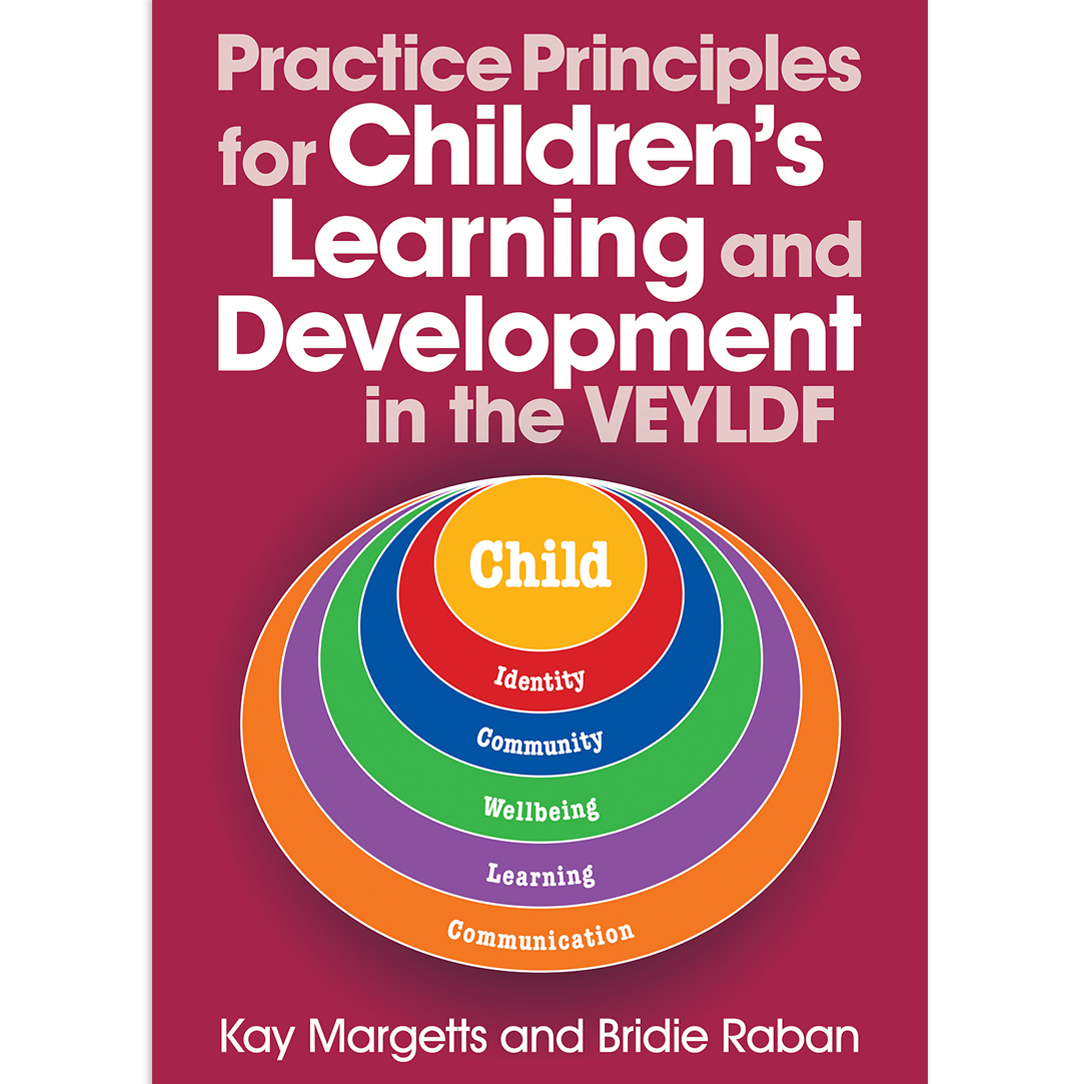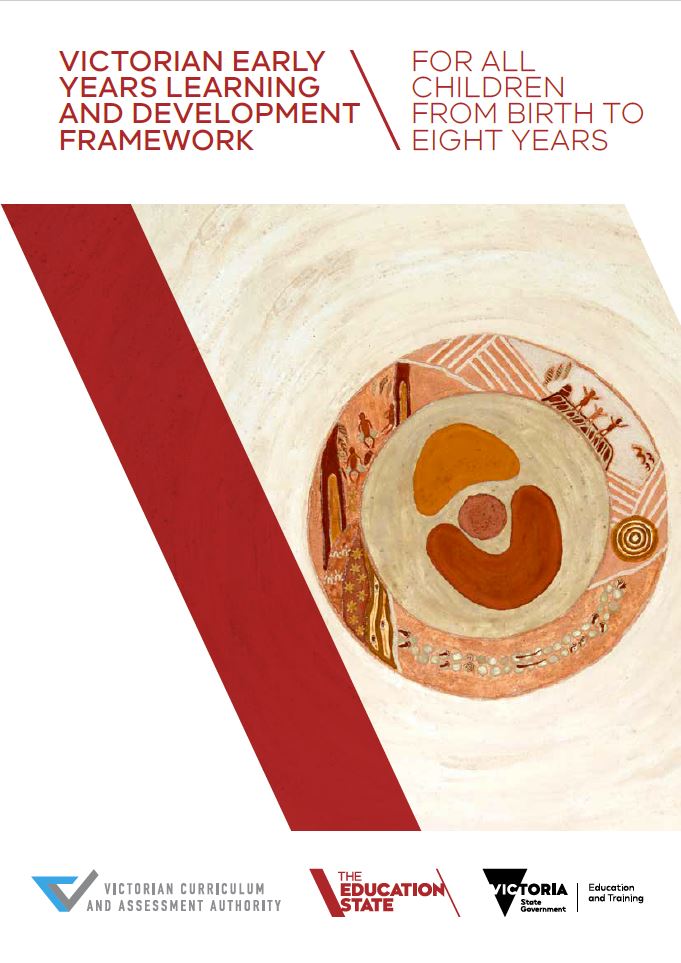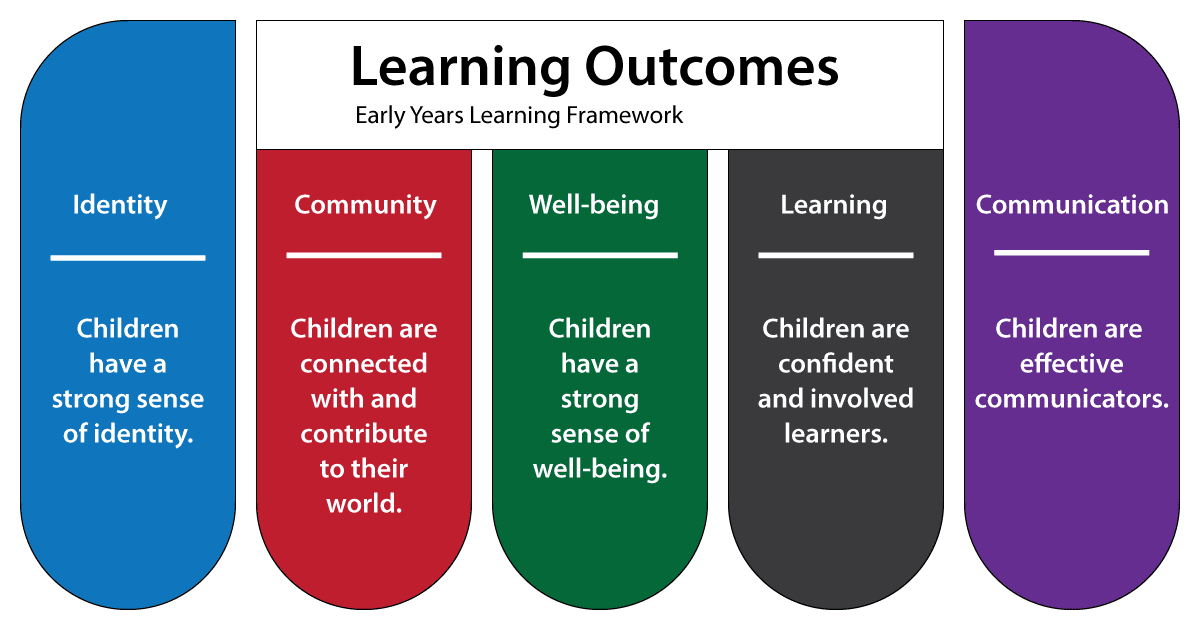
Practice Principles for Children's Learning and Development in the VEYLDF
VEYLDF illustrative maps Page Content Each of the navigation tiles below provides an introduction to the Learning and Development Outcome and an Illustrative Map that links each outcome to the Victorian Curriculum F-10.

Early Years Learning Framework
The VEYLDF recognises children's wellbeing from birth as both a prerequisite for and an outcome of learning. Supportive relationships and active skill building with adults in their family and community are central to children's wellbeing. The VEYLDF upholds the image of the child as a rights holder and a competent learner with capacities to.

VEYLDF Learning Planning Cycle Resource · Each Planning Cycle Resource is supported by
The Victorian Early Years Learning and Development Framework (VEYLDF) includes a range of discipline-specific guidelines and practice resources. It supports all professionals who work with children aged 0 to 8. The VEYLDF framework The VEYLDF: It identifies five learning and development outcomes for all children from birth to eight years: identity

(PDF) VEYLDF Communication Planning Cycle Resource · The Planning Cycle Resource has
The VEYLDF identifies five key Learning and Development Outcomes for children: Children have a strong sense of identity. Children are connected with, and contribute to, their world. Children have a strong sense of wellbeing. Children are confident and involved learners.

VEYLDF Wellbeing Behavior Plan, Learning Framework, Daycare Activities, Care For Others
The VEYLDF provides a common language to describe young children's learning and principles to guide practice. The vision and purpose of the VEYLDF is to guide early childhood professionals in a collective effort with families toward the achievement of the nationally agreed Early Years Learning Outcomes.

FREE RESOURCE Principles, Practices and Learning Posters Early Years Learning F
years, linking the learning outcomes from the Early Years Learning Framework for Australia to the Victorian Essential Learning Standards (VELS)Levels 1 and 2. The Outcomes provide a shared language for all early childhood professionals and families to use when planning for children's learning and development.

VEYLDF Communication 1 of 2 Non Verbal Language, Harmony Day, Behavior Plan, Learning
Overview Assessment in the early years is designed to discover what children know, understand and can do. (Victorian Early Years Learning and Development Framework (VEYLDF), p. 13). Assessment for learning and development is one of the eight VEYLDF practice principles.

Early Years Learning Framework (EYLF) Learning Lab
VEYLDF Learning & Development Outcomes: Birth to 8 years This series of literature reviews and practice guides relates to each Learning and Development Outcome in the Victorian Early Years Learning and Development Framework.

EYLF Learning Printable Poster Pack
01 Framework. The VEYLDF provides a framework to guide educators as they educate and care for children. It is underpinned by play-based learning and reflective practice to support children to experience learning that is engaging and builds success for life. It is based on the relationships between different elements and having a positive image.

Pin on Documentation
Outcome descriptors are used in Section 1.1 of the Transition Learning and Development Statement to describe a child's progress against the 5 learning and development outcomes of the VEYLDF. You can select the appropriate descriptors from a 'pick list' and then edit the descriptor to suit the individual child and best describe their learning.

Pin on Documentation
This pdf document provides a comprehensive list of outcome descriptors for each of the five learning and development outcomes of the VEYLDF. It helps early childhood professionals to observe, assess and plan for children's learning and wellbeing. It also supports the communication and collaboration between professionals and families.

VEYLDF Identity Learning framework, Learning and development, Behavior plan
The Victorian Early Years Learning and Development Framework (VEYLDF) is a state-wide, curriculum for early childhood education implemented in Victoria, Australia, for working with children from birth to eight years of age to support literacy, numeracy, health and wellbeing. [1]

VEYLDF Communication 2 of 2 Learning framework, Learning and development, Childcare
learning and development trajectory Children are more likely to achieve in the Learning and Development Outcomes in the VEYLDF when professionals understand and support each child and family's diverse strengths, abilities, interests, and cultural practices. Each child's learning and development benefits from individualised support.

Veyldf for children from birth to 8 by Kalsin Lawi Issuu
The Planning Cycle Resource has been designed to demonstrate how the VEYLDF Early Years Planning Cycle can be applied to observe, assess and respond to evidence of childrenâs learning; and illustrate and provide a model for the teaching of specific concepts to children aged from birth to eight years within everyday learning environments. Each Planning Cycle Resource is supported by sample.

Early Years Framework domains and the VEYLDF Learning Download Table
The VEYLDF describes five Learning and Development Outcomes. The information and reflective scenarios in this guide support engagement with key concepts of the VEYLDF, particularly the Learning and Development Outcome Children have a strong sense of identity. This Outcome has four key components: • Children feel safe, secure and supported.

Image result for eylf cheat sheet Eylf learning Learning stories, Childhood education
EARLY YEARS LEARNING AND DEVELOPMENT OUTCOMES 17 OUTCOME 1: CHILDREN HAVE A STRONG SENSE OF IDENTITY 18 OUTCOME 2:CHILDREN ARE CONNECTED WITH AND CONTRIBUTE TO THEIR WORLD 19 OUTCOME 3:CHILDREN HAVE A STRONG SENSE OF WELLBEING 20 OUTCOME 4: CHILDREN ARE CONFIDENT AND INVOLVED LEARNERS 21 OUTCOME 5: CHILDREN ARE EFFECTIVE COMMUNICATORS 22